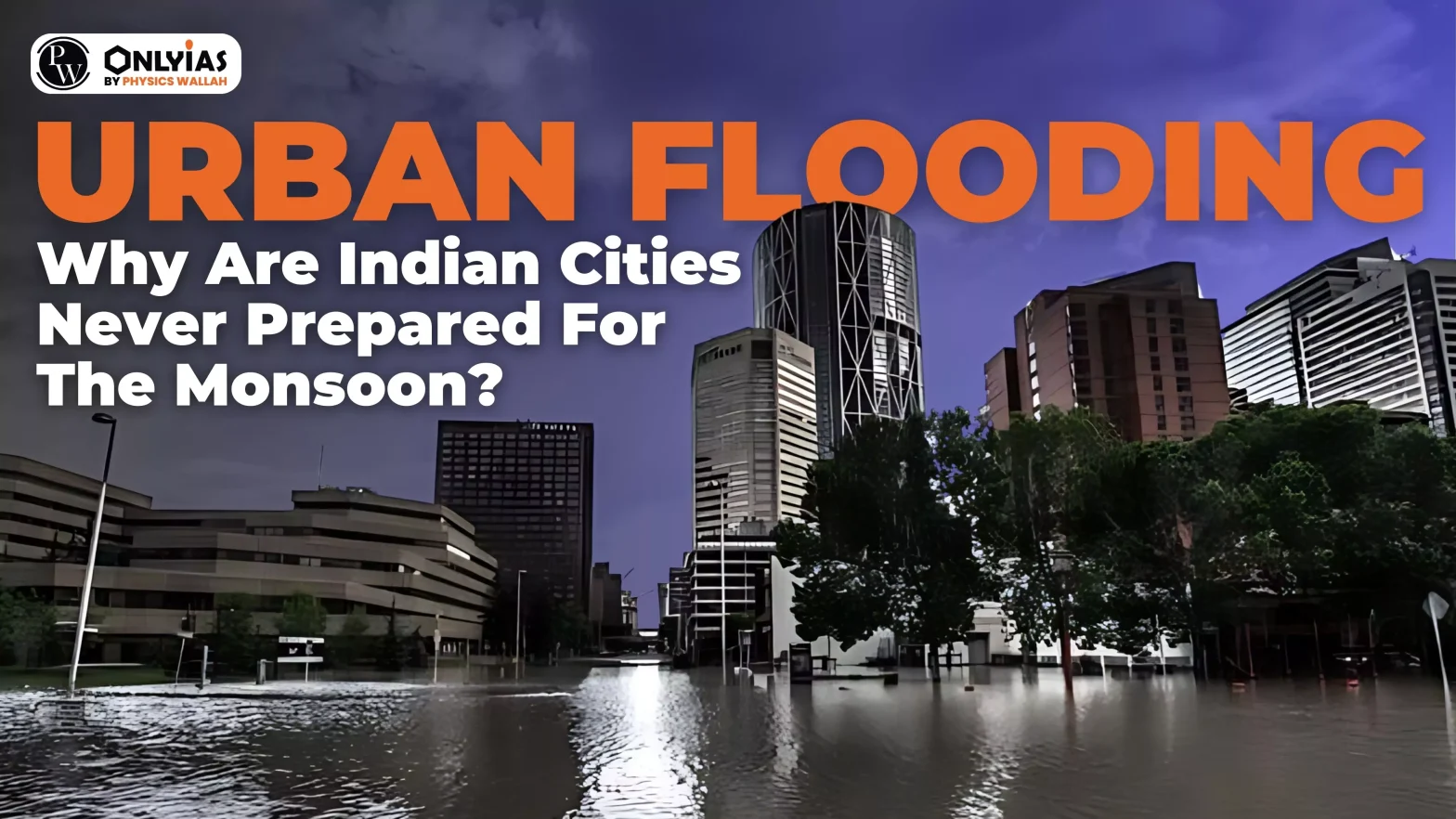![]() 3 Aug 2024
3 Aug 2024

Various Indian cities are experiencing severe flooding, highlighting systemic issues in urban planning and drainage infrastructure.
| Relevancy for Prelims: Urban Flooding, Concept of Sponge Cities, etc.
Relevancy for Mains: Urban Flooding Challenge for India, and Measures Need to be Taken, etc. |
|---|
| Mains Question |
|---|

<div class="new-fform">
</div>